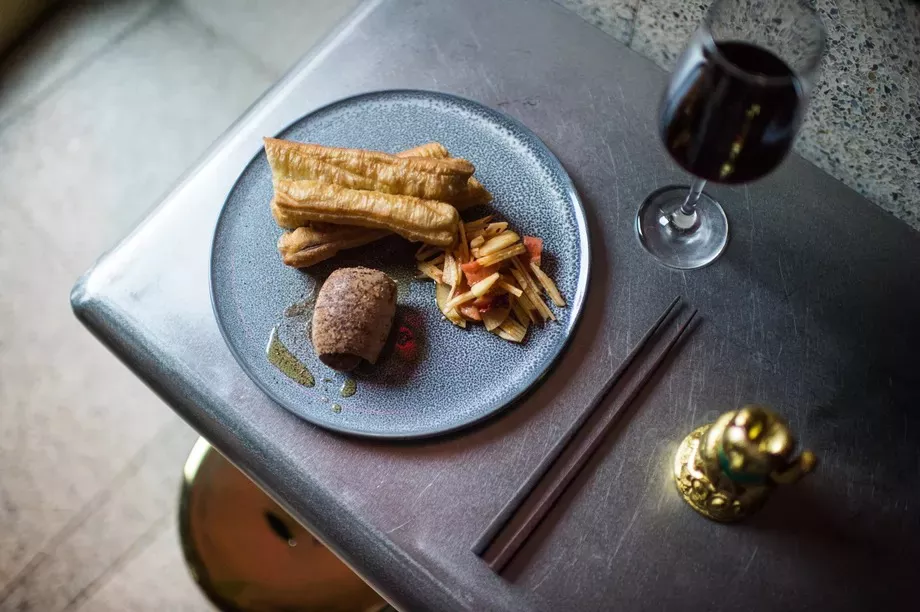Buying Your Own Chopsticks? Here Are Some Factors to Consider
There are far more differences between chopsticks than you may realize

When it comes to styles of chopsticks, there are cultural differences: Japanese chopsticks are typically pointier, for example, while Chinese chopsticks have blunt ends, and Chinese and Vietnamese chopsticks tend to be longer than those used for Korean or Japanese cuisines. From the material to the length, the East Asian utensil comes in more forms than some diners may realize.
Layered on top of that is personal preference. Ask chefs around the U.S. which kind they stock for restaurant service, and you’ll likely get a different answer every time. Looking to buy your own? Dive into the endless options — from material to length to shape — that experts prefer.
Chopsticks with narrow conical ends at Chinese Tuxedo Daniel Krieger

The shape
Little Tong Noodle Shop in New York City uses 9.5-inch-long disposable bamboo chopsticks, “The longer length — 8.3 inches is more typical for Japanese disposable [chopsticks] — is more conducive to maneuvering our long, slippery noodles, as well as some of our deeper bowls,”
As for the shape, it’s more more Chinese, what the Japanese consider “tensoge” style, with ends that taper and converge, rather than pointed, divergent ends (get a close look at the difference here). “The ends are also more user-friendly when it comes to gripping thin, slippery noodles,” these 9.5-inch tensoge-style bamboo chopsticks are similar to what they use in the restaurant.

The material
Like many of the chopsticks you may be used to, the chopsticks at Chinese Tuxedo are wood. “We use timber [wood],” says Buckingham, noting that they wear down faster than plastic or metal chopsticks, “but I prefer the feel in the hand.”
Little Tong Noodle Shop also uses wood — specifically bamboo, for its sustainable qualities. “The material matters when it comes to selecting disposable chopsticks,”. She points out that bamboo is a highly renewable resource: Entire forests of it can regenerate in under five years. It’s also naturally antibacterial and antifungal, so it’s grown without pesticides or fertilizers that leach into the soil and pollute water sources.
The look
Vina Sananikone, art director for the Foreign National in Washington, D.C., says that for Spoken English at the Line Hotel, chef Erik Bruner-Yang chose to feature sleek black chopsticks purchased . Meanwhile, at D.C.’s Maketto, Bruner-Yang and chef James Wozniuk serve interpretations of Cambodian and Taiwanese food alongside disposable chopsticks.
Previous:Why don't Chinese people use chopsticks made of steel? It would save lots of trees.
Next:no more
 001
001
